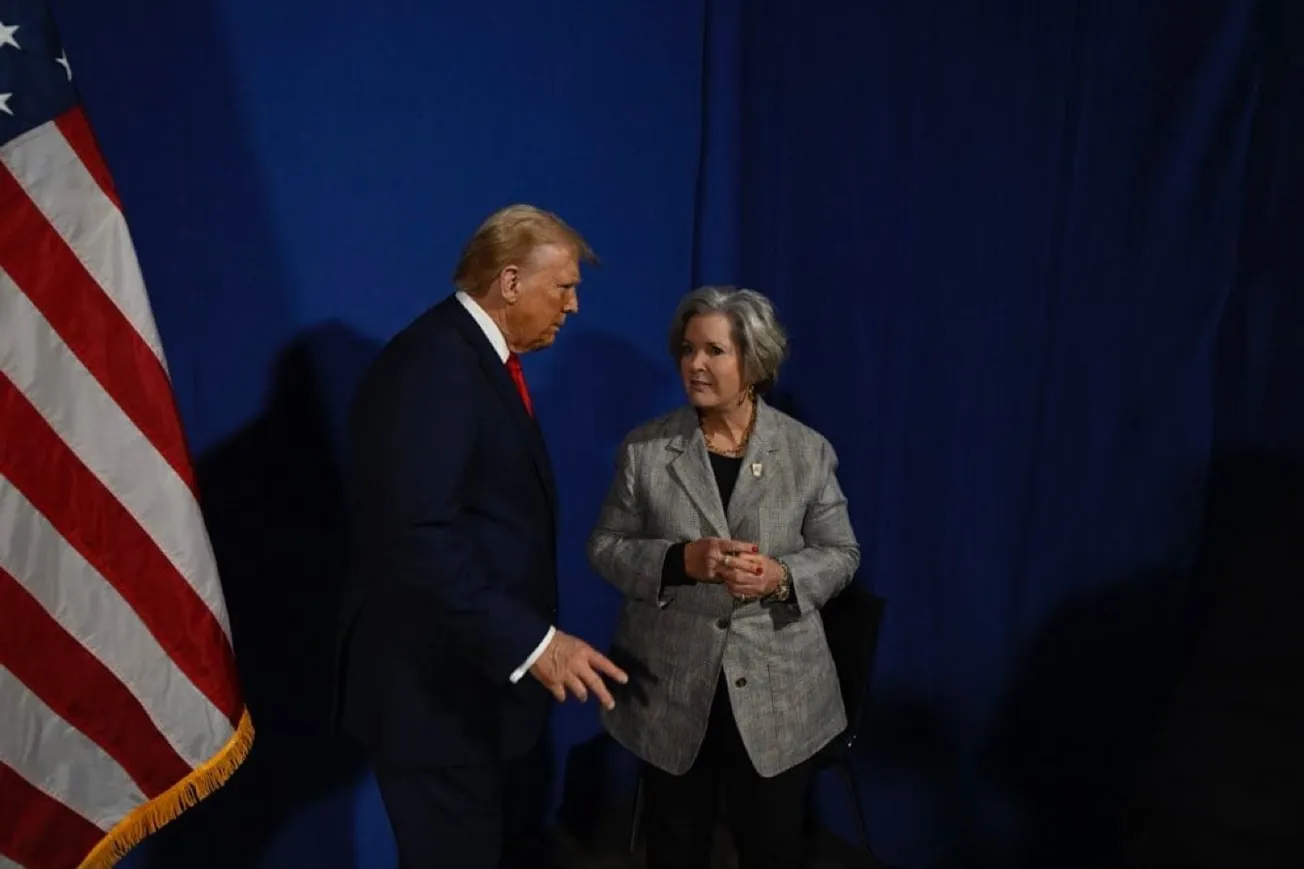- The home insurance industry's behavior is negatively impacting Americans, fueling inflation, reducing affordable housing options, and encouraging dishonest practices in the home repair industry
- Over eight years, a Texas homeowner saw his annual premium increase from $1,006 in 2015 to $3,271 in 2023, a 225% rise, averaging 18.4% annually
- Despite low inflation rates in the broader US economy from 2015 to 2020, the home insurance sector experienced exceptionally high premium increases
- State regulations treat home insurance as a utility and allow annual premium increases, often well above inflation rates, leading to widespread premium hikes
- Insurance companies approve homeowner repair requests without rigorous scrutiny, leading to an industry of storm chasers and contractors exploiting homeowners and contributing to supply chain issues
For a publication that believes in the fundamental power of free markets and capitalism, we are alarmed at how the home insurance industry's corrupt behavior hurts Americans, fuels inflation, lowers affordable housing options, and inspires dishonest practices in the home repair industry.
A colleague showed us his Texas homeowner's policy quotes for eight years. For a modest single-family home, the annual premium in 2015 was $1,006. For 2023, the premium had gone up to $3,271, an astounding 225% increase. Year-over-year, the policy hikes averaged out to 18.4%.
So, what were the corresponding inflation rates in the larger United States economy? We only list numbers from 2015 to 2020 here because once-in-a-millennium pandemic spending and Bidenflation have hit world economies especially hard. According to Macrotrends.net, US inflation was well-controlled and barely budged during this period.
- 2016 = 0.12%
- 2017 = 1.26%
- 2018 = 2.13%
- 2019 = 2.44%
- 2020 = 1.81%
How can one then explain the exceptionally high premium increases in the home insurance sector?
The main reason is that the home insurance sector, like health, is regulated by each state. With the best of intentions to protect consumers, states treat home insurance as a utility, like electricity, that deserves to operate under a state insurance commission. Although the large insurance providers are publicly traded companies, they all negotiate annual premium increases with state officials on a cost-plus-profit basis.
Natural disasters like hurricanes, hail, coastal flooding, and fire are legitimate reasons to request price increases. But the industry, using high-powered lawyers, lobbyists, and campaign contributions, has ensured that annual premium increases that are more than ten times US inflation rates are approved even if only a tiny area of a state suffered a calamity. We understand that insurance, by definition, is a shared burden, but year-over-year increases of 18% for everyone? There's something wrong here.
Insurance companies must prove to regulators that they shelled cash out for repairs; otherwise, the industry would have a tough time justifying premium increases. So, adjusters are glad to approve practically any homeowner's request to make repairs for fear of receiving rebukes from the state commission that claims were denied. Besides, what incentive does an insurance company have to pay attention to its costs? It can easily push through a price increase at the next meeting with state regulators.
This practice has given rise to an entire industry that lives off the repair market. Hours after a hailstorm has hit a region, independent scouts called storm chasers, acting on a commission basis, scour neighborhoods, dropping pamphlets off to promise roofing replacement to homeowners at a fraction of the cost.
That cost is the deductible, generally 2% of the home's value, sometimes only 1%. Homeowners, terrified that their roofs could leak and create water damage inside (most basic policies do not cover water damage) and incentivized to get a new roof, merrily sign on after hearing an aggressive sales pitch that the project would not cost them a dime.
What about the deductible? Many unscrupulous roofing contractors routinely promise to inflate the repair cost by the deductible. After the homeowner pays the insurance company the deductible, the roofing contractor cuts a private check back to the homeowner for the same amount. Problem solved.
In 2019, the State of Texas passed a state law that makes it illegal for a contractor or roofer to waive an insurance deductible. The Texas Department of Insurance created a special fraud unit that meets with local officials after a disaster and explains steps they can take to protect residents from contractor scams. But malpractice continues. The incentive for a homeowner to get a $20,000 roof replaced for about $3,000 (assuming the home value is $300,000 and the homeowner has a 1% deductible) is still compelling. Besides, it is good payback for having to pay those sky-high premiums year after year.
The problem is not unique to Texas. Homeowners around the country are getting repairs done even when unnecessary, glad to get the insurance companies to subsidize the cost. Excessive demand for home repair products drives up prices and ties up supply chains. Before the pandemic, lumber was selling at $350/1,000 footboard. In May 2021, lumber futures jumped to $1,250/1,000 footboard. The price has settled now at about $500.
When prices of building materials go up, new home prices go up, too, adding to the country's housing crisis even as millions of illegal immigrants flock to the cities. America has already been facing a labor shortage of skilled home builders, like cement pavers, carpenters, and electricians. When Washington passed its $1 trillion infrastructure bill, a primary concern was whether roads and bridges could be repaired promptly. A McKinsey report in October 2022 said the US construction industry had roughly 440,000 job openings in April - the highest level recorded since industry-level jobs data were first collected. Skilled labor used for unnecessary homeowner claims could be diverted to build new housing and infrastructure.
Home insurance companies should stop playing politics and reign in repair costs, frauds, and premium increases. No family gets 18% year-over-year raises.
Like our insights? Show your support by becoming a paid subscriber!








